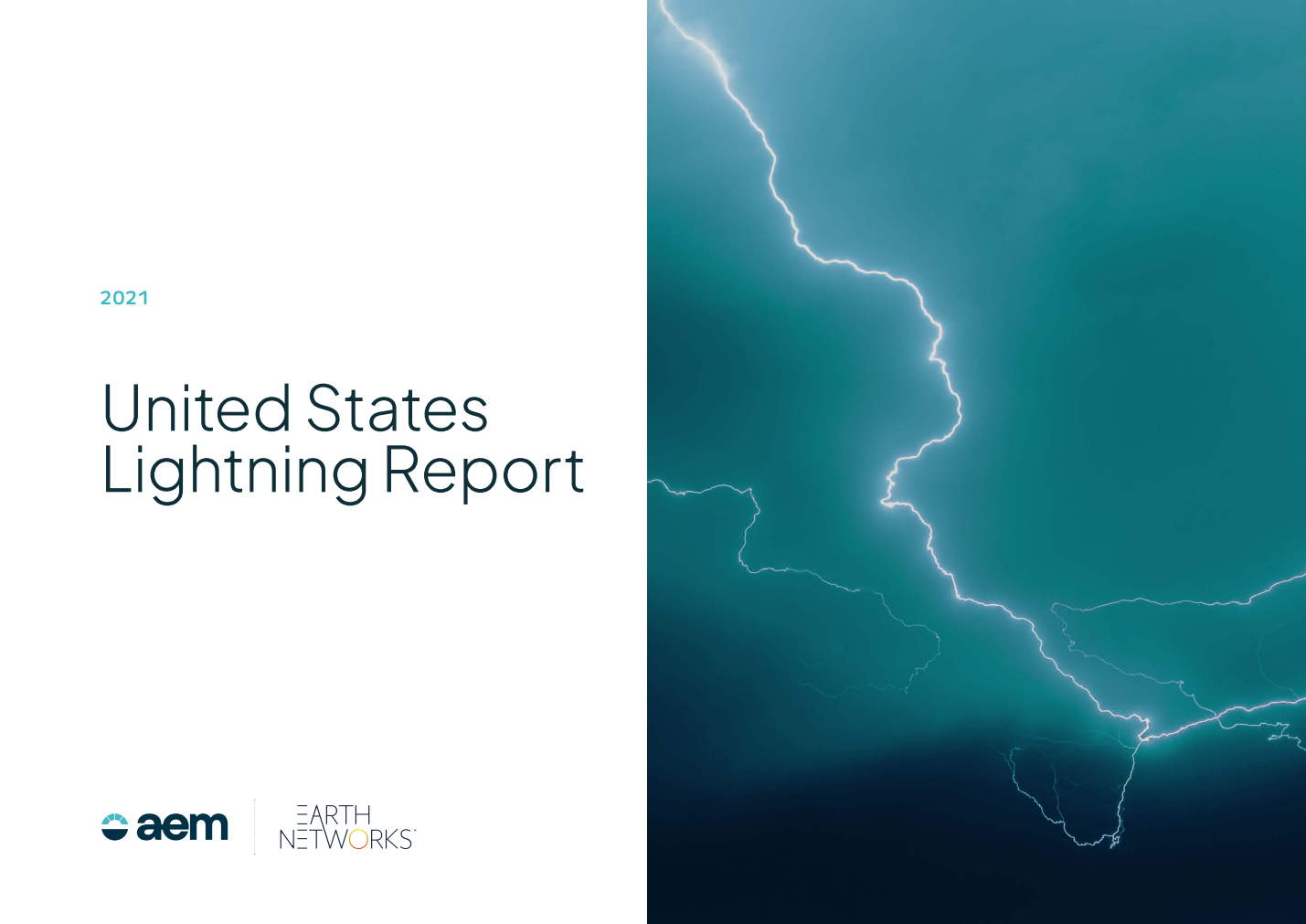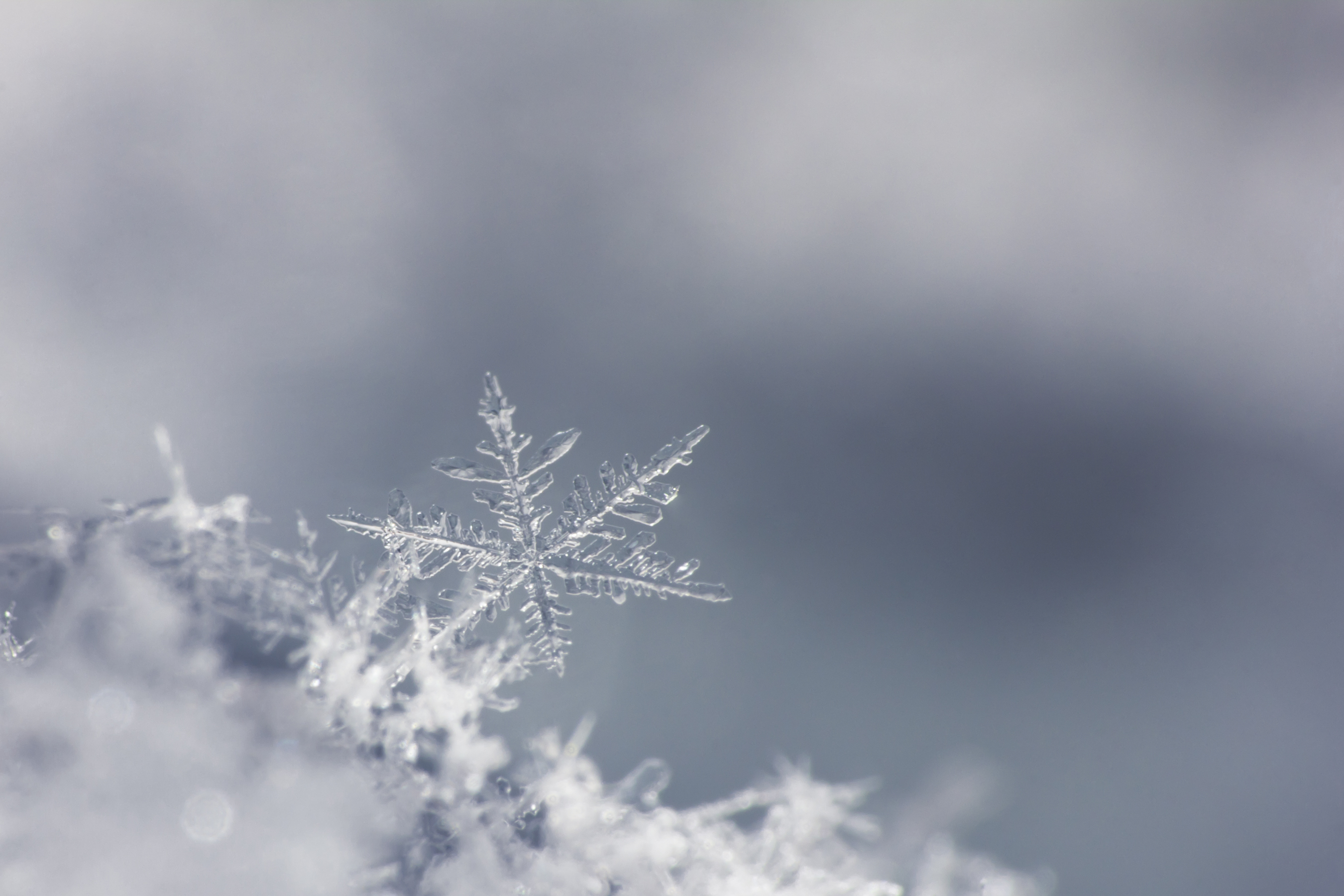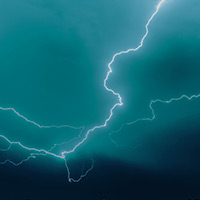Floods and Environmental Health

The dangers of floods are complex. Flash floods can form quickly and carry people, vehicles and even buildings away in the blink of an eye. On the other hand, even slow forming flooding from forecasted storms can claim lives and destroy buildings. When floods happen, those in the area can't do much but get to safety and hope for the waters to recede.
Unfortunately, flooding danger doesn't recede with the water. While many feel relief after flood water clears, there are still plenty of safety hazards. Environmental health and safety professionals know this reality all too well. While there are a lot of considerations on the minds of EHS pro's after a flood, they can't forget the following dangers of floods.
Flood Cleanup
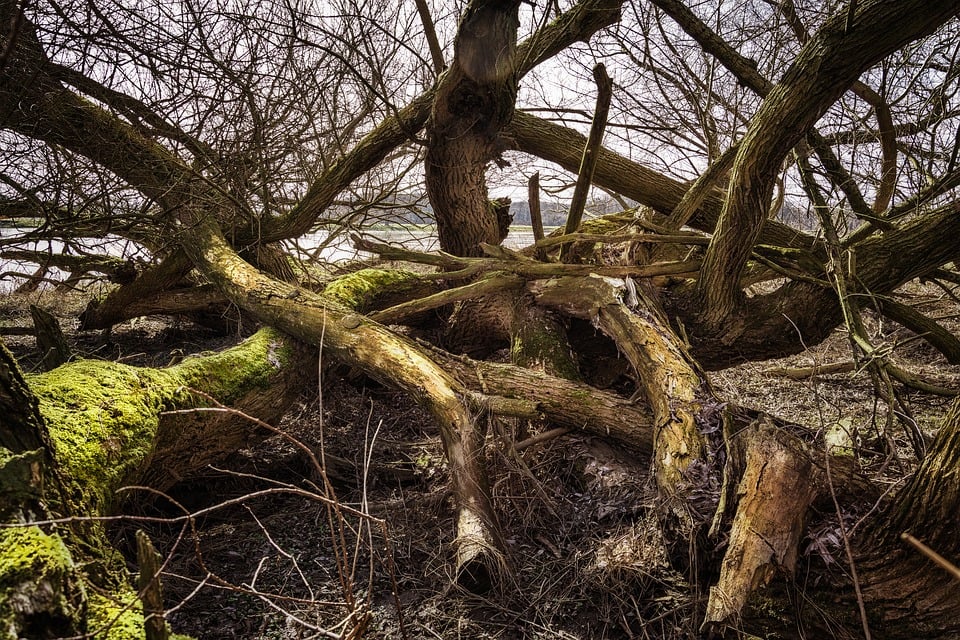
Basic flood cleanup can be dangerous for environmental health professionals and volunteers alike. Debris like downed trees, branches, and vehicles are not sturdy and cause injury. Although shallow water may seem safe, young children can drown and live electrical wires could be present.
When cleaning up flood water and debris, it's also important to remember to look out for animals and insects. Flood waters can displace animals, insects, and reptiles. Not to mention, standing water is a breeding ground for mosquitos and other pests. Remember to stay alert and avoid contact.
Water Security

As environmental health and safety professionals, it's your responsibility to monitor, treat and regulate drinking water. Floods waters can compromise drinking water by disrupting water purification and sewage disposal systems. Controlling waste is an important part of public health, and is necessary after flooding. Another form of waste that floods waters can dislodge is hospital infectious waste. Infectious waste can come from other places as well. Infectious organisms like E. coli, Salmonella, tetanus and Hepatitis A can often thrive in floodwater and threaten the general public.
The result of these biohazards and infectious diseases in water can lead to adverse health conditions in people and animals. Eating or drinking anything contaminated by flood water can cause diarrheal disease. Open wounds exposed to flood water can result in contracting diseases from the flood water as well.
Remind the public to protect themselves by washing their hands frequently and thoroughly. It's also a good idea to advise parents not to allow their children to play in floodwaters. To protect open wounds, people should cover them with a waterproof bandage and avoid exposure to flood water altogether. Helping with cleanup is not worth the infection.
To better facilitate communication about the drinking water supply, try using the CDC's Drinking Water Advisory Communication Toolbox.
Building Cleanup
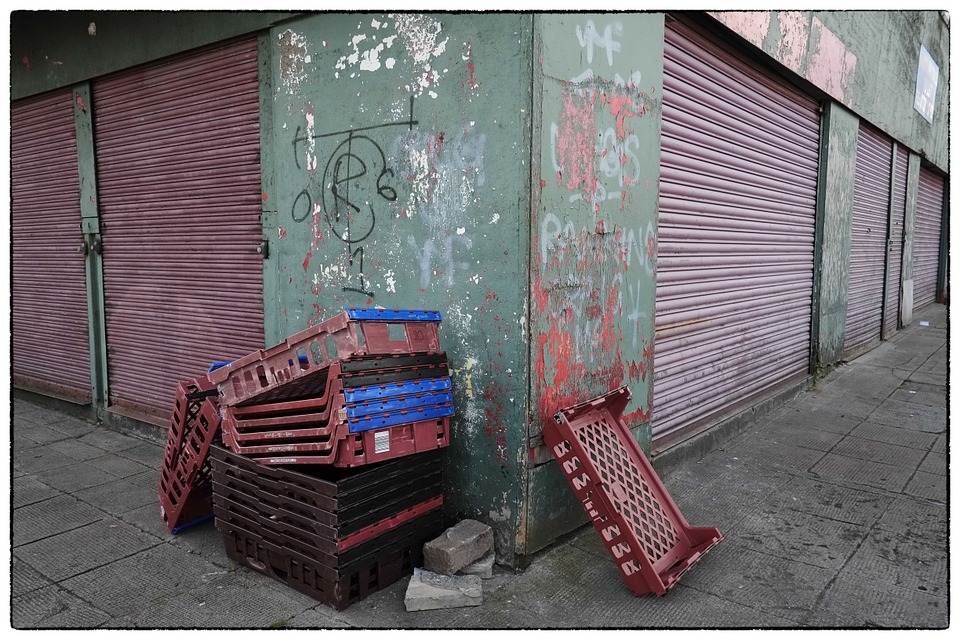
Before a storm hits, building owners should contact a weather expert to understand if their property is in a flash-flood-prone area or landslide-prone area. Owners should also make sure the building's electricity and gas are turned off before the building is evacuated for a flood.
Cleaning up the environment is important after a flood, but cleaning up office buildings and store fronts is also key in recovery. Protecting buildings against the dangers of floods has to be done before the waters even hit. This presents many challenges to environmental health practitioners, as maintaining a secure and healthy building environment requires a lot of knowledge.
After the flood water recedes, affected buildings are dangerous areas. Workers should protect themselves by wearing hard hats, goggles, heavy work gloves, and watertight boots with a steel toe and insole. These workers should also be up-to-date with their immunizations. After cleanup, you should remind owners to check the quality of the cleanup. Any improper cleaning methods could create a perfect environment for mold to grow.


